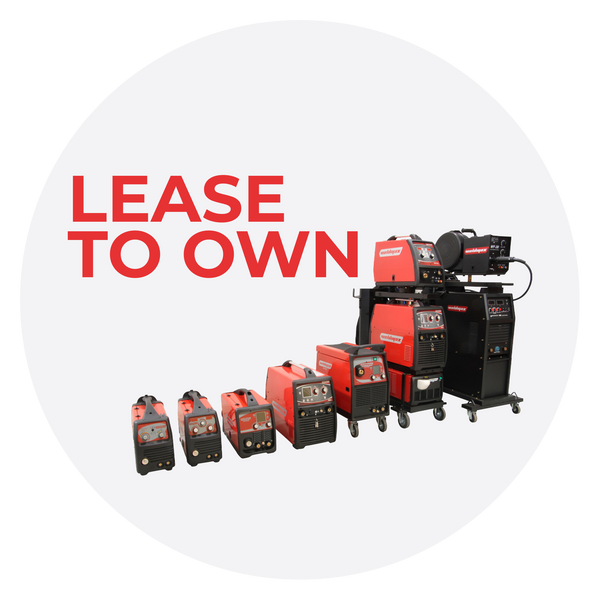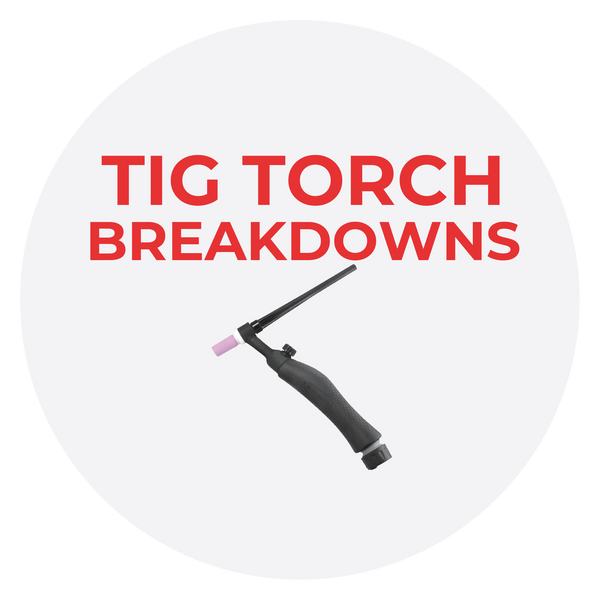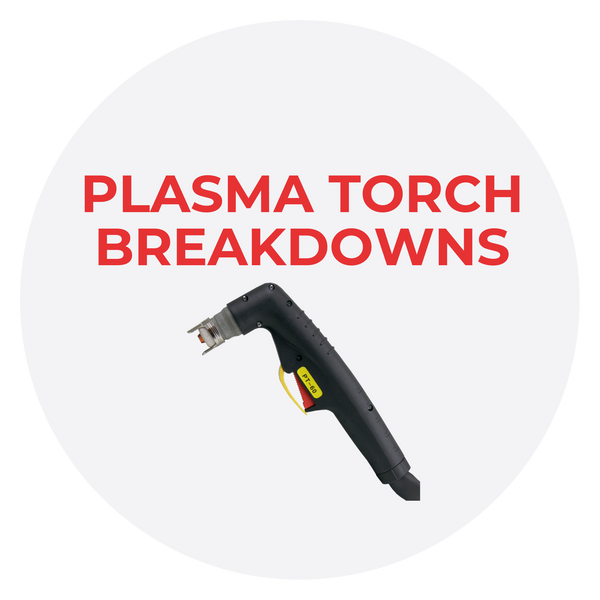
THE ADVANTAGES OF PULSE MIG WELDING ALUMINIUM

PULSE MIG - MIG WELDING ALUMINIUM
Aluminium welding has a unique set of challenges, it has a lower relative melting point than other metals, yet requires heat to ensure proper weld pool formation. One critical step while working with aluminium is cleanliness of the parent metal and it is more sensitive to heat input and distortion than other metals.
Traditional welding of aluminium usually required the use of an ACDC TIG welding machine but technology advancement has made Pulse MIG welding more viable in application where increased production is highly acheivable without sacrificing the quality or appearance of the results.
In Pulse MIG welding, the welding power-source rapidly and automatically switches between high peak current (Better fusibility) and a low background current (reduced heat and distortion). Pulse MIG welding machines can be used on Mild & Carbon steels, Aluminium, Stainless Steel, Copper, Brass and High tensile steels such as hardox and bisalloy type products.
Today, almost every plate boat builder and ship building welder is a Pulse MIG welding machine. Due to these machines becoming increasingly portable, this enables safe handling and better access into engine rooms and small areas within the vessels.
Pulse MIG welding is widely used in the automotive industry where most of the vehicle manufacturers recommend MIG welding processes for today's aluminium-intensive vehicles, but not all operators & repairers know the difference between standard MIG welding aluminium from Pulse MIG welding on aluminium so let's take a closer look on their differences.
Pulse MIG welding can be used to both thick and thin aluminium, on thicker sections, it helps minimize downtime for repositioning parts since it generates a cooler weld pool than traditional spray transfer process, making it usable in all welding positions.
By pulsing the current, the operator can control the heat input into the parts and weld thinner gauge material without burning through or warping the parts being welded.

The welding operator can put more weld metal in the joint / fillet in less time without the risk of adding too much heat, in many cases, Pulse MIG welding can also allow for faster wire feed and travel speeds, again increasing productivity, while simultaneously reducing heat input, decreasing residual stress and lowering the opportunity for distortion.
Other Advantages to Pulse MIG welding include the ability to control the bead profile as well as improved arc starting and stopping (weld crater removal).
Using a Pulse MIG welding process for thin aluminum is about the only option, because whilst Short circuit MIG is too cool and subsequently prone to cold lap due to aluminium’s excellent thermal conductivity it transfers the heat away from the weld zone before good fusion can occur. Spray transfer MIG is too hot and prone to burn-through, especially on the back of the weldment or when gaps exist. AC TIG process was traditionally selected to weld thin aluminum, however this has the slowest travel speeds; this increases cycle time and heat input, which makes the weldment prone to distortion.
Fortunately, new pulsed MIG technology is just right for welding thin aluminium.
Pulsed MIG gives users:
- The ability to control heat input. The pulse of peak current provides the good fusion associated with spray transfer, while the low background current cools the weld puddle and lets it freeze slightly.
- Good travel speeds. switching from AC TIG to pulsed MIG increased travel speeds by a minimum of 30 percent while cut heating input (Kj/in.) by more than 55 percent.
- The ability to control bead profile. Using a simple function called arc control, operators can adjust the width of the arc cone which lets them tailor the bead profile to the application. A wider bead can help tie-in both sides of a joint or on an outside corner, where a narrow bead helps provide good fusion at the root of a joint. In all cases, a bead of the right size eliminates excess heat input, over-welding and post-weld weld grinding and other finishing processes.
The Pulsed MIG is very versatile nowadays no longer a complicated process. QWS Welding Supply Solutions is well equipped with high quality Pulse MIG welding machines for every welding application. Having great passion for high quality welding machines such as Fronius, Weldmax, Cigweld, and Kemppi products, QWS has a large portfolio of hire / rental and demonstration welders to help you decide on the right product for your project or workshop needs. Contact us now for more information and we’d be glad to give you the solution.
QWS offers FREE lifetime OPERATOR SUPPORT AND TRAINING for all welding machines purchased from our store!






